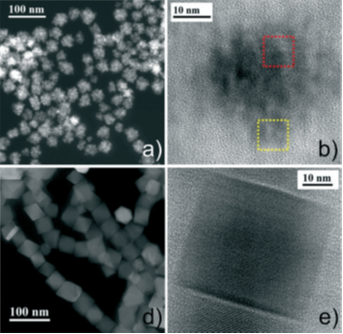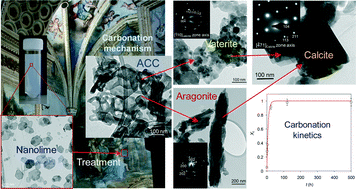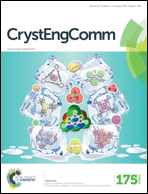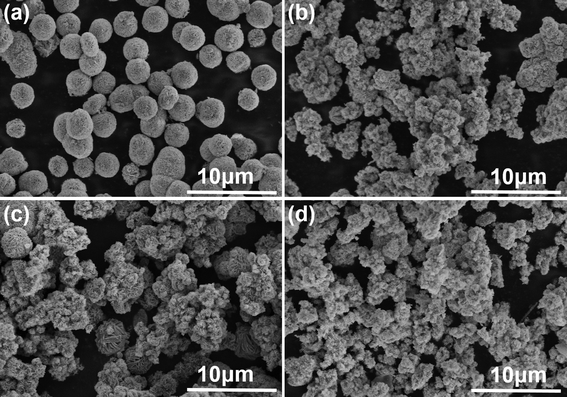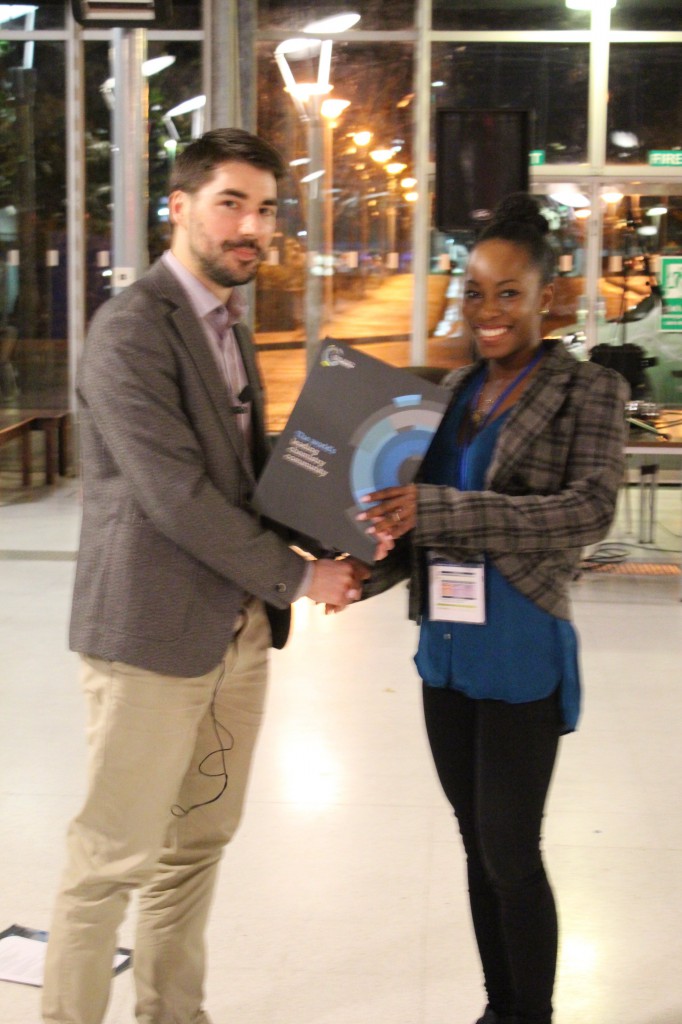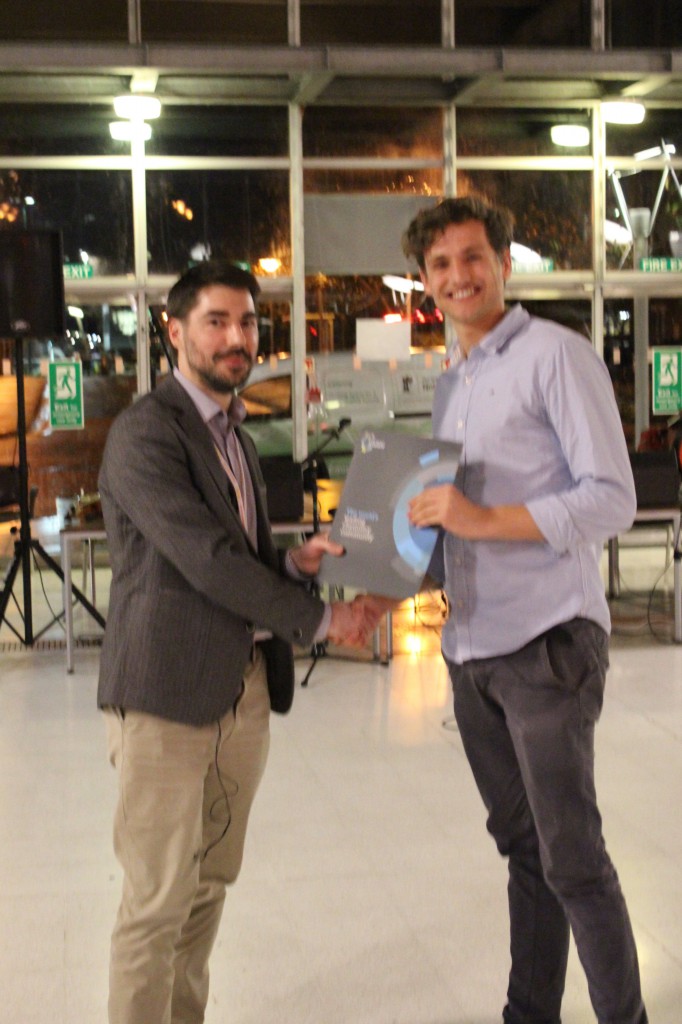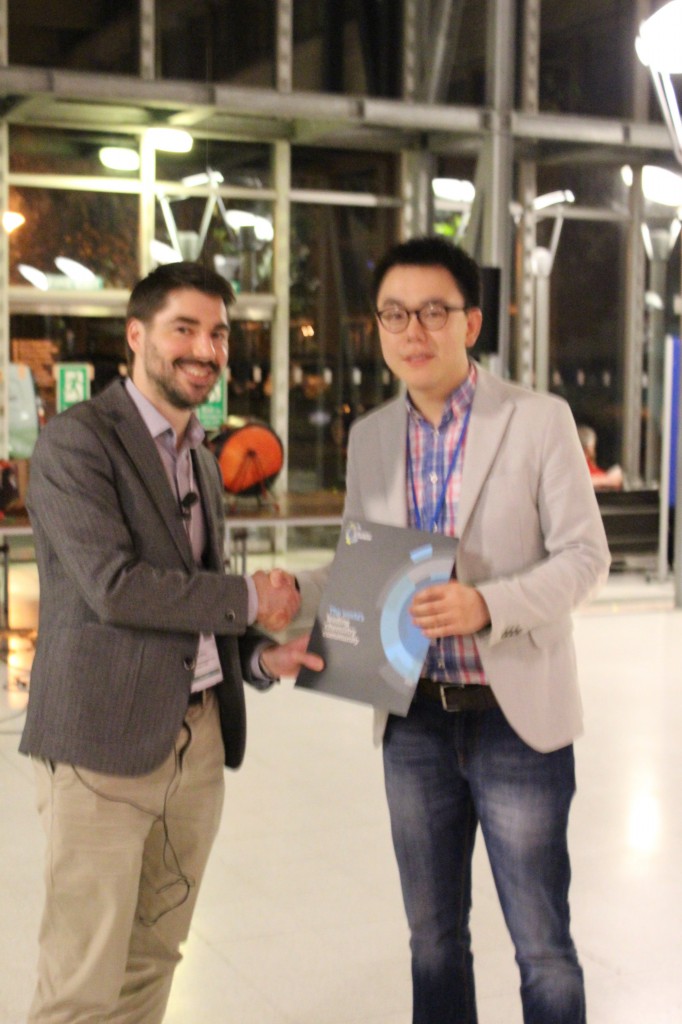Take a look at our 2016 HOT articles which have been carefully selected by our referees. These are free to access for 4 weeks and will be updated regularly so keep checking! These have also been compiled into a collection for viewing on our website.
Qiong Wu, Yu Si, Ying-Ying Wu, Shan-Wen Wang, Guang-Sheng Wang and Lei Wang
CrystEngComm, 2016, Advance Article
DOI: 10.1039/C5CE02498F, Paper
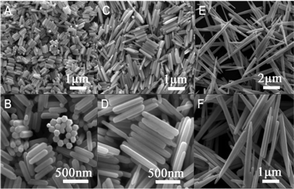
Belén Fernández, Garikoitz Beobide, Ignacio Sánchez, Francisco Carrasco-Marín, José M. Seco, Antonio J. Calahorro, Javier Cepeda and Antonio Rodríguez-Diéguez
CrystEngComm, 2016, 18, 1282-1294
DOI: 10.1039/C5CE02036K, Paper
<p style="text-align: center;"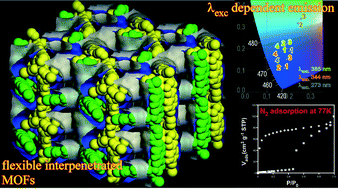
Congting Sun and Dongfeng Xue
CrystEngComm, 2016, 18, 1262-1272
DOI: 10.1039/C5CE02328A, Highlight
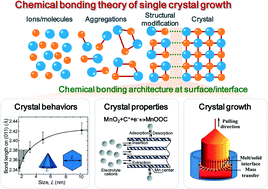
Photoswitchable metal organic frameworks: turn on the lights and close the windows
S. Castellanos, F. Kapteijn and J. Gascon
CrystEngComm, 2016, Advance Article
DOI: 10.1039/C5CE02543E, Highlight
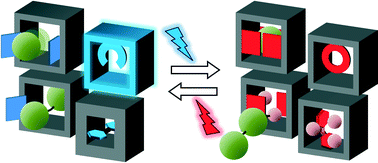
Decrease of the required dopant concentration for δ-Bi2O3 crystal stabilization through thermal quenching during single-step flame spray pyrolysis
Jochen A. H. Dreyer, Suman Pokhrel, Johannes Birkenstock, Miguel G. Hevia, Marco Schowalter, Andreas Rosenauer, Atsushi Urakawa, Wey Yang Teoh and Lutz Mädler
CrystEngComm, 2016, 18, 2046-2056
DOI: 10.1039/C5CE02430G, Paper
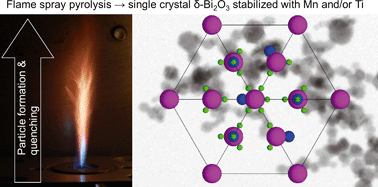
Smart, stretchable and wearable supercapacitors: prospects and challenges
Yu Zheng, Yanbing Yang, Shasha Chen and Quan Yuan
CrystEngComm, 2016, Advance Article
DOI: 10.1039/C5CE02510A, Highlight
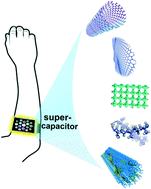
A new nanocrystalline binary phase: synthesis and properties of cubic tin monoselenide
Ran E. Abutbul, Elad Segev, Shmuel Samuha, Leila Zeiri, Vladimir Ezersky, Guy Makov and Yuval Golan
CrystEngComm, 2016, 18, 1918-1923
DOI: 10.1039/C5CE02437D, Paper
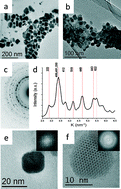
Continuous polycrystalline silicon layers on glass grown from tin solutions
R. Bansen, C. Ehlers, Th. Teubner, T. Markurt, J. Schmidtbauer and T. Boeck
CrystEngComm, 2016, 18, 1911-1917
DOI: 10.1039/C5CE02530C, Paper
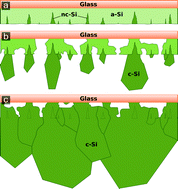
Visible-light driven oxygen evolution over CoTiO3 perovskites via a modified Pechini method: impact of humidity on their phase composition
Shivatharsiny Rasalingam and Ranjit T. Koodali
CrystEngComm, 2016, 18, 868-871
DOI: 10.1039/C5CE02452H, Communication
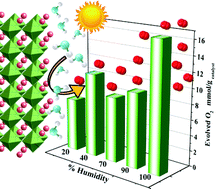
Highly elongated vertical GaN nanorod arrays on Si substrates with an AlN seed layer by pulsed-mode metal–organic vapor deposition
Si-Young Bae, Byung Oh Jung, Kaddour Lekhal, Sang Yun Kim, Jeong Yong Lee, Dong-Seon Lee, Manato Deki, Yoshio Honda and Hiroshi Amano
CrystEngComm, 2016, 18, 1505-1514
DOI: 10.1039/C5CE02056E, Paper
![]()
Direct observation of a fast single-crystal-to-single-crystal transformation from a CuII-framework to a CuI-chain mediated by ascorbic acid
Yang Song, Rui-Qing Fan, Xin-Ming Wang, Song Gao, Xi Du, Ping Wang and Yu-Lin Yang
CrystEngComm, 2016, 18, 1878-1882
DOI: 10.1039/C6CE00132G, Communication
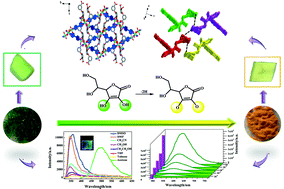
Coordination networks incorporating halogen-bond donor sites and azobenzene groups
Francisco Fernandez-Palacio, Marco Saccone, Arri Priimagi, Giancarlo Terraneo, Tullio Pilati, Pierangelo Metrangolo and Giuseppe Resnati
CrystEngComm, 2016, 18, 2251-2257
DOI: 10.1039/C6CE00059B, Paper
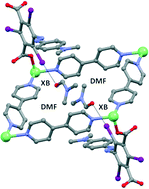
Comments Off on 2016 CrystEngComm HOT articles












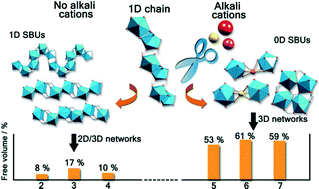
 Gwenda Kyd has a PhD in metallocarborane chemistry from the University of Edinburgh. Other research work includes the spectroscopic study of the structure of glasses and organometallic electron-transfer reactions and the preparation of new inorganic phosphors. She published a book, ‘Molecules, Medicines and Mischief’, in 2014, on some of the chemicals found in plants and is currently working on a follow-up.
Gwenda Kyd has a PhD in metallocarborane chemistry from the University of Edinburgh. Other research work includes the spectroscopic study of the structure of glasses and organometallic electron-transfer reactions and the preparation of new inorganic phosphors. She published a book, ‘Molecules, Medicines and Mischief’, in 2014, on some of the chemicals found in plants and is currently working on a follow-up.
